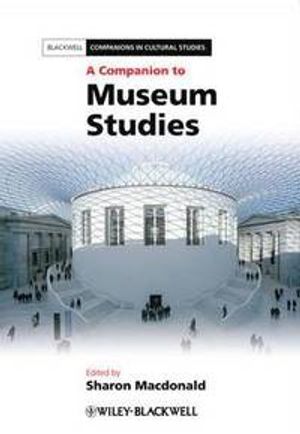

Sanctity Pictured
- Utgiven: 2014
- ISBN: 9781781300268
- Sidor: 256 st
- Förlag: Philip Wilson Publishers Ltd
- Format: Inbunden
- Språk: Engelska
Om boken
Italy in the thirteenth century was transformed by two new religious orders, the Dominicans and the Franciscans. Whereas earlier religious orders had secluded themselves in monasteries in the countryside and lived off income from their property, the Dominicans and Franciscans settled in urban centers and lived as mendicants, or beggars, administering to the laity. The founding members of both orders took a vow of poverty, yet soon after their deaths their successors were building churches that rivaled cathedrals in size and splendor throughout Italy. The friars and nuns of these orders created a tremendous demand for works of all kinds - painted altarpieces, crucifixes, fresco cycles, illuminated choir books, and liturgical objects - to decorate their churches. The works they commissioned illustrate the lives of their saints and depict miracles such as Saint Francis preaching to the birds, Saint Dominic dividing a single loaf of bread into enough food to feed many hungry friars, and Saint Clare rescuing a child mauled by a wolf. These visual narratives are notable for their naturalistic treatment and the emphasis on expressive gestures to show human emotions, both of which were significant new developments in Italian art. This book accompanies an exhibition at the Frist Center for the Visual Arts featuring works of art from the collections of major American museums and libraries and of the Vatican. It is the first major study to examine the art of these rival religious orders together, exploring the ways in which they used art as propaganda to promote the charisma of their saints and to articulate their revolutionary concept of religious vocation. The essayists provide new insights into the significant contributions made by the Dominicans and the Franciscans to the artistic Renaissance in Italy during the period 1200 to 1550
Åtkomstkoder och digitalt tilläggsmaterial garanteras inte med begagnade böcker
Mer om Sanctity Pictured (2014)
I oktober 2014 släpptes boken Sanctity Pictured skriven av Kennedy Trinita. Den är skriven på engelska och består av 256 sidor. Förlaget bakom boken är Philip Wilson Publishers Ltd.
Köp boken Sanctity Pictured på Studentapan och spara pengar.
Referera till Sanctity Pictured
Harvard
Trinita, K. (2014). Sanctity Pictured. Philip Wilson Publishers Ltd.
Oxford
Trinita, Kennedy, Sanctity Pictured (Philip Wilson Publishers Ltd, 2014).
APA
Trinita, K. (2014). Sanctity Pictured. Philip Wilson Publishers Ltd.
Vancouver
Trinita K. Sanctity Pictured. Philip Wilson Publishers Ltd; 2014.



















